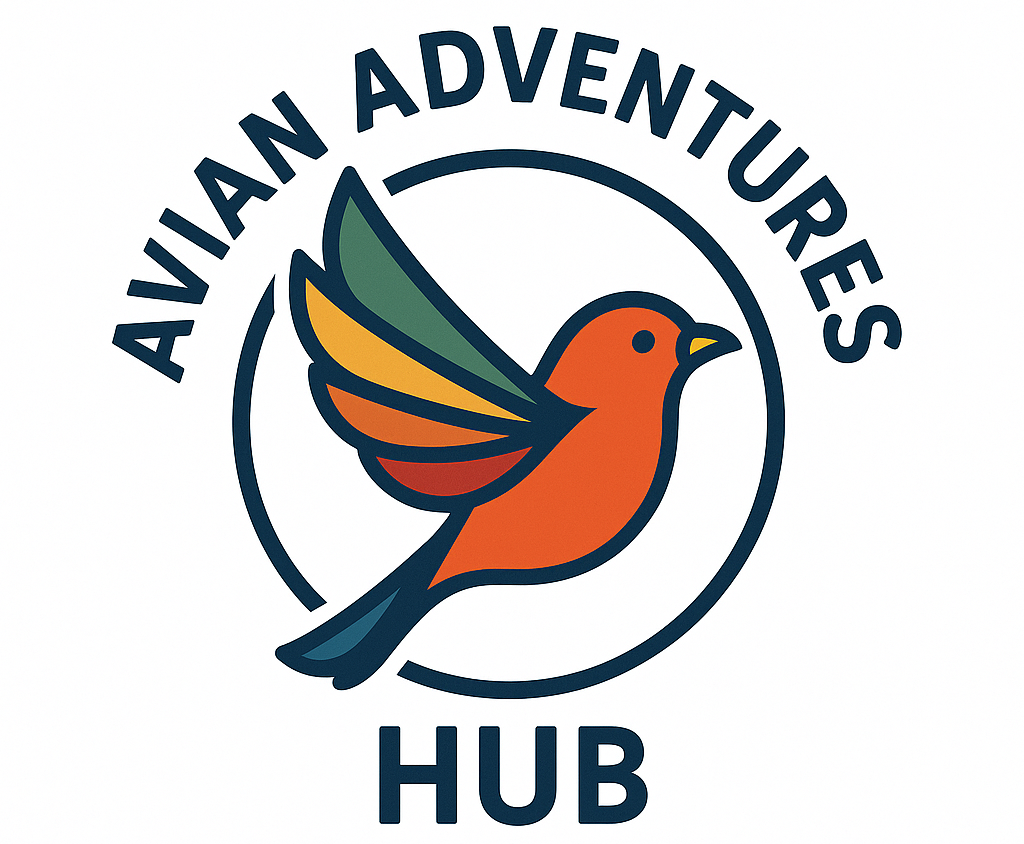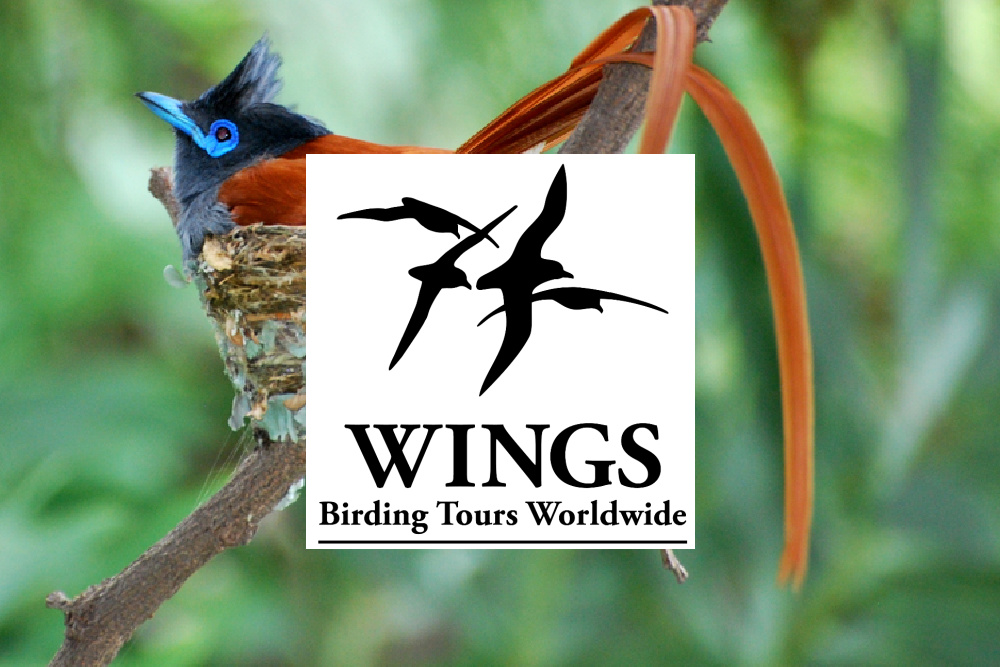Hawaii
Click link below to learn more:
Length of trip
Description
It might be the 50th state, but birding Hawai‘i feels like a world away. Here, on one of the world’s most remote archipelagos, the chance arrival of far-flung waifs—a rosefinch and a monarch flycatcher from the East, and a solitaire and several waterbirds from North America—led to mind-blowing adaptive radiation that resulted in a host of unique species. The ancestral finch, for example, gave rise to the Hawaiian Honeycreepers, which have developed such a huge range of shapes, sizes, and especially bills, from curlew-like curves for probing cavities to grosbeak-like seed-smashers, that some argue the honeycreepers even put “Darwin’s Finches” to shame. Unfortunately, the one variable that these species have in common is a tough time adapting to the arrival of humans. Since the first Polynesians arrived, hunting, habitat loss, introduced avian diseases and predators have led to a marked decline in native forest birds. Our tour will celebrate the species that persist despite the myriad threats. We hope not only to raise awareness and spur more support for their conservation, but also to marvel at the adaptations of some of the most unique species in the world. And let’s be brutally honest here—we may simply not have time to wait much longer to see some of these amazing birds.
Happily, not all of the news in Hawaii is dire. Due to the herculean efforts of local conservation groups to reduce the threats brought by introduced cats, mongooses, and rats—seabirds and waterbirds are not only surviving but, in some areas, thriving. The Nene (Hawaiian Goose) has staged quite the comeback, and in some areas native waterbirds such as the endemic Hawaiian Duck (Koloa Maoli), Hawaiian Coot (‘Alae Ke‘oke‘o), and endemic subspecies of Black-necked (Hawaiian) Stilt (‘Ae‘o), Black-crowned Night-Heron (‘Auku‘u), and Common (Hawaiian) Gallinule (‘Alae ‘Ula) are still common. Thanks to fencing and conservation, some of the pelagic species that nest on the Hawaiian Islands are recovering as well. While we will not shy away from understanding and discussing the problems for native birds, we’ll also relish the hope of promising new efforts and strategies. In the developed lowlands, lush forest patches filled with introduced vegetation, teem with a host of introduced birds from all corners of the globe. Despite the “unnatural” state of these areas and their new avian denizens, we’ll enjoy them—from the smallest waxbills and finches to the largest francolins and pheasants.
And let us not forget that, as of 2017, Hawai‘i has been added to the “ABA Area”! A wealth of species, from endemic landbirds, remote seabirds, and established introductions from across the globe, have virtually no chance of being seen on the mainland—there’s a suite of new additions to your list to be found in one place, right here in the United States! Furthermore, it is our hope that the addition of Hawai‘i to the ABA Area will also serve to bring increased awareness of and conservation support to the plight of some of the most endangered species in the world. Perhaps this tour will be one small part of the effort to get more funding for this important cause, one that transcends our listing goals.

